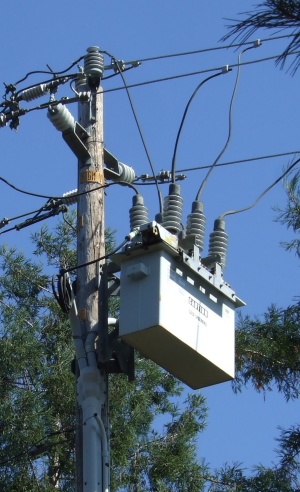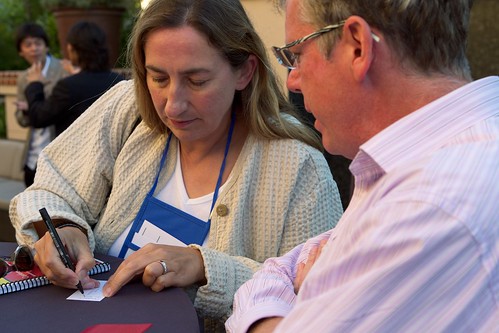Even Greylock has Valley envy - they are a very long established VC firm, who used to be firmly based in Boston. Next month they are moving their headquarters to Palo Alto.
Reason - lack of critical mass (presumably, of companies in whom they already invest and of new targets). Henry McCance, Greylock's chairman emeritus,interviewed in Xeconomy, said "Boston has virtually no important entrants in arguably the most important information technology segment of the last 20 years, in spite of the preeminent universities of Harvard and M.I.T.”
For companies designing new hardware, the Valley has a huge depth and breadth of people building ASICs, companies who can translate a functional specification into a PCB, companies who can source small volumes of components, companies who will do preliminary and or final assembly and test, and excellent air freight service out of San Jose or Oakland. There's a well established path between here and China for scaling up operations; good operations people here have many years of experience in setting up supply chains and managing remote assembly lines.
It isn't so obvious why the big software companies are here: Facebook could have stayed in Harvard, Google could have stayed in Michigan or Maryland - except that the Valley also has a great breadth and depth in software people, as well as all the business support structure - short leases for office space are normal, law firms are used to helping startups now for very little to get the opportunity for more lucrative business later.
Right now, the weather is great too - it makes many things more predictable if there is no rain between May and September. It's been cool enough not to need air conditioning, if the building can be ventilated with outside air.
Like many other parts of the world, Scotland would like to do a better job of creating companies which grow to be as successful as the big companies in the Valley. I created a LinkedIn group to discuss what might improve the business environment there - contact me at info@cunningsystems.com if you want to participate. Realistically, though, the Valley has, say, 50 years head start (Hewlett Packard founded in 1939, Fairchild Semiconductor founded 1957). Now that the Internet (Cisco and Juniper combined have more than 80% market share of the core routers sold - they both have headquarters in the Valley) has made communication so much easier, the way forward needs to be to understand where Scots have a comparative advantage. Take lessons from the Valley about the business environment and be prepared to compete to keep the potential company builders based locally, or to get them to return to apply experience gained elsewhere.
Updated to add : Bradford Cross has a good historical perspective, looking back to the California Gold Rush and developments in ham radio, to explain why Silicon Valley is what it is. "Dramatic cultural change without an overwhelming catalyst or crisis is not something that happens in the span of a business cycle, it is something that happens in the course of one or more human lifetimes."
7 September - adding reference to Margaret O'Mara's article in Foreign Policy. Words of advice for foreigners looking to emulate the Valley : you need to attract the world's most talented people, and it's a global competition. Infrastructure, transport, clean air all matter. Tax breaks, low barriers to foreign investment, and encouraging immigration have been demonstrated to help.
Compared to many places, Scotland's weather is benign - although it is wetter and colder than in the Valley.
6 November - updated to add reference to the history of the Valley from the perspective of the lawyers involved. Links to an interview with Larry Sonsini. I've been a customer of both Wilson Sonsini, and Cooley. Long ago I installed routers for the London office of Brobeck, when they were Cisco's lawyers.
2 March 2012 - adding reference to Jenny Jung, @jung , on being a German visitor to Silicon Valley.
Cunning Systems is located in Los Altos, near Stanford University, HP, Google, and Cisco Systems.
Reference
Henry McCance interviewed in Xeconomy
Bradford Cross blog post 9 August 2010
Margaret O'Mara article in Foreign Policy
History of the law business in the Valley in Deal Magazine
How the Valley got its start tech history added 23 July 2011
Homework for a European startup ecosystem Medien.NRW added 2 March 2012


